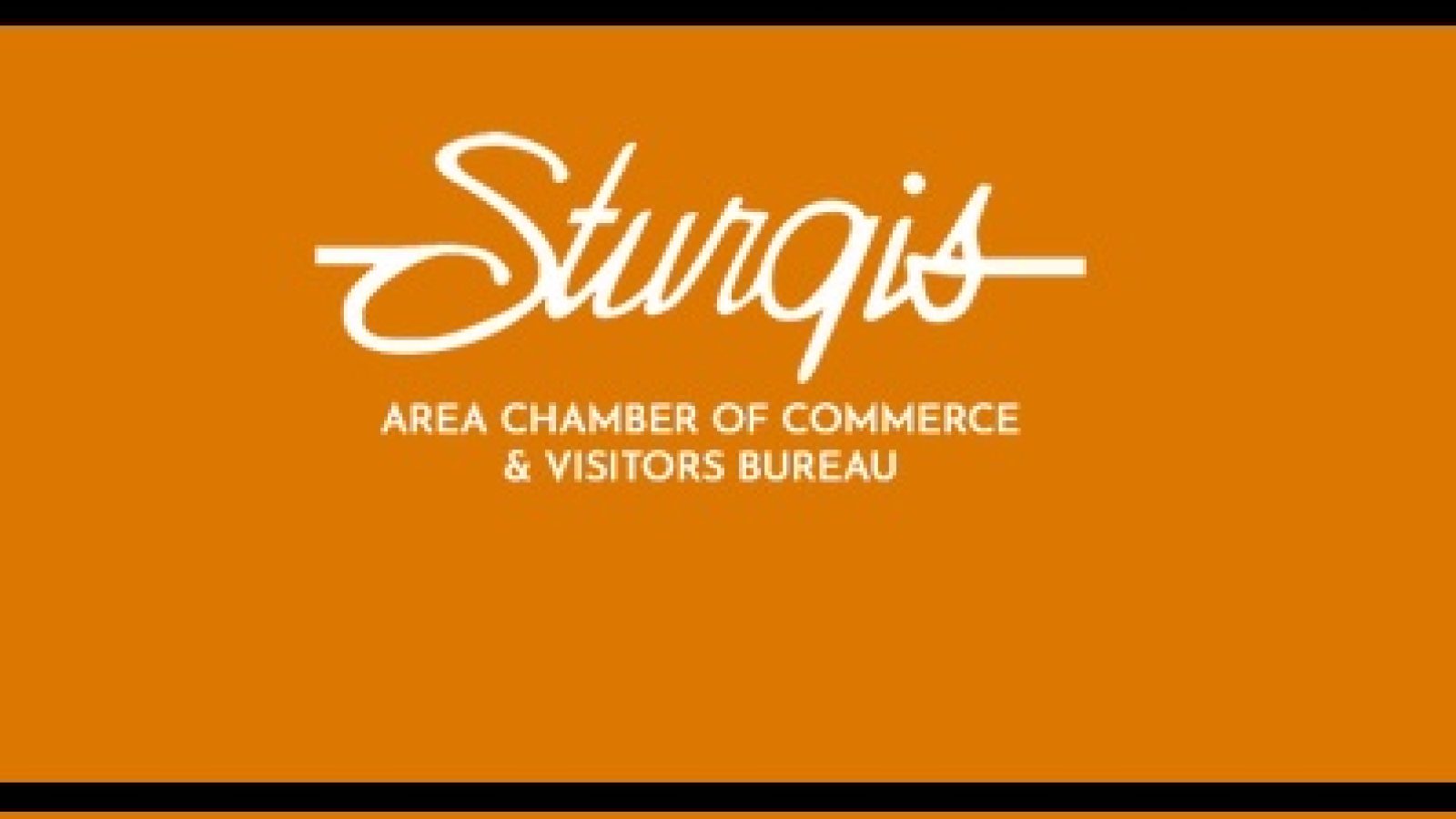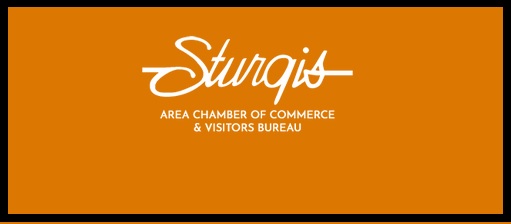SIOUX FALLS, SD – South Dakota public school systems are trying to provide additional education to thousands of students who lost ground in learning during the COVID-19 pandemic, but educators and parents face major challenges in trying to keep students on track.


Almost half of South Dakota School districts, many in rural areas, do not have summer school programs aimed at keeping students on pace or helping them catch up in learning. Some districts that offer summer school programs are seeing heightened enrollment as students try to avoid falling behind after two school years of pandemic-related instructional interruptions and upheaval.
The need for continuity of education over the summer months is important in a normal set of circumstances, but with the pandemic the need has been expanded, especially for those in rural communities.
The typical summer learning loss, in which students lose educational progress over the summer months when most schools are not in session, was compounded during the pandemic, when many schools either shut down temporarily, shifted to online, remote learning, or had teachers working in challenging classroom conditions.
In South Dakota and across the country, educators are worried that it will be difficult or even impossible to ensure that students who lost significant learning time during the pandemic will be able to make up the lost instruction before moving to the next grade or toward graduation.
“The gaps that happen in a student’s learning are one of the most detrimental things that can happen to the continual progress and growth,” said Patrick Hales, a professor at South Dakota State University who coordinates the SDSU secondary teacher education program.
Nationwide, 53% of educators surveyed reported “significant loss of learning” and 44% saw “some loss of learning” over the past school year, according to a study conducted by Horace Mann Educators Corporation in February and March 2021.
While most South Dakota students had in-person instruction for much of the year, the impacts of COVID-19 still slowed the learning process for many children.


The Rapid City Area Schools system, the state’s second-largest district that serves about 14,000 students, recorded 6,169 student absences due to positive COVID-19 tests or quarantine protocols in the recent school year, equaling about 70,000 learning days missed, according to Superintendent Lori Simon.
Educators also were hampered by the pandemic. In Rapid City, 828 of the district’s roughly 1,800 staff members missed work due to COVID-19 during the last school year, a loss of the equivalent of 10,230 days of teaching or administrative time.
In an attempt to make up for lost classroom time, the district has seen a nearly 400% increase in participation in high-school credit recovery summer courses offered in 2021 compared to 2019.
“When you think about half of our students out and missing that much school, it’s going to have an impact on learning,” said Simon. “When you think about staff, especially teachers not being in front of their classrooms and the lack of availability of substitute teachers, you put all of that together and certainly there are concerns about learning loss.”
Long before the COVID-19 pandemic, summer learning loss was an annual concern for schools and school districts, especially among students in rural areas who do not have access to summer programing or those from low-income or minority families, including Native Americans, who historically have struggled more than their peers.
“It’s just a fact of the matter that the learning loss is going to happen, particularly for the students that need it not to happen the most,” said Hales. “It puts students who are behind even further behind in terms of meeting learning goals.”
About 46% of South Dakota public schools do not offer formal, in-person summer education programs, according to Mary Stadick-Smith, deputy education secretary.
“At the state level, we recognize that extended opportunities for learning, including summer school, are a solid strategy for addressing challenges and accelerating a student’s progress,” said Stadick-Smith.
Summer school attendance cannot be required of students, and most districts do not charge fees for summer school unless the district offers speciality programming.
Some South Dakota communities are supported by local organizations, such as Boys and Girls Club, that provide informal summer educational programing.
South Dakota schools struggled to generate widespread student success even before the challenges of the pandemic arrived. Based on standardized test results in the 2019 Department of Education Report Card, just over half of students in grades three through eight and in 11th grade were deemed proficient in reading and writing, and only 47% of those students were proficient in math and 40% proficient in science for their grade level. Native American students fared worse, with 23% deemed proficient in reading and writing, 14% proficient in math and 13% proficient in science.
One rural school district in South Dakota used federal funding to create a new summer school program in 2021 to provide continuity of learning for students who fell behind during the pandemic.
The Sioux Valley School district in Volga started a general summer school program in their elementary school for the first time this year to help bridge the gaps in learning for students. The new program features 30-minute sessions of one-to-one instruction by six teachers in the areas in which the 27 enrolled students need support.
“We definitely wanted to make sure we closed any gaps that would have taken place during 2020,” said Alanna Bezdichek, a teacher in Sioux Valley who specializes in Title I courses for disadvantaged students.
Creation of the the programs was enabled when federal funding was offered and the need for additional programing became evident.
Summer school opportunities were broadened in Watertown with the criteria for qualifying and number of slots available expanded this year. Previously, students in Watertown only had access to summer programing if they qualified but this year any student who wanted to participate was given the option to do so.
“Because we were in session and we were able serve the majority of our population in person, I think we had a pretty good year,” said Jeff Danielsen, Watertown superintendent. “I think we caught up most of where we needed to be.”
The Sioux Falls School District offers a wide variety of summer school options for its students, ranging from Birth to 3 Programs through Grade 12 teaching, according to Teresa Boysen, assistant superintendent of academic success. In addition to core coursework, students have the opportunity to participate in English as a Second Language, career and technical education and transitional programs for students entering middle or high school.
Summer credit recovery gives students the chance to work through courses they fell behind in at their own pace with more individualized instruction and a lower teacher-to-student ratio than a traditional school year class.
“I do think they can catch up and I think it’s really helpful for them to have a more casual setting where they can come and just focus on one class at a time rather than go through a whole schedule where they have six classes in a day,” said Joel Sage, a language arts teacher at Sioux Falls Roosevelt High School.
Elementary summer programing was expanded from three buildings to 10 this year in Sioux Falls due to an increase in the number of students served from 187 to 600. High school summer programing saw a decrease of 39 students from 2020 to 345 students this summer.






















